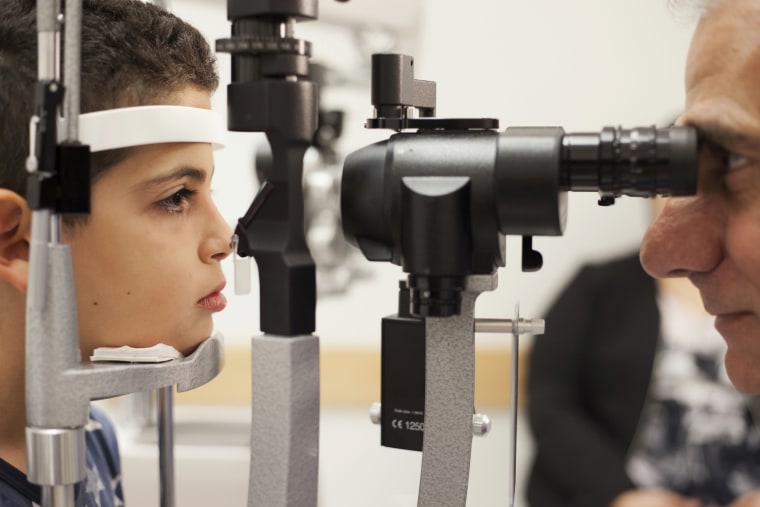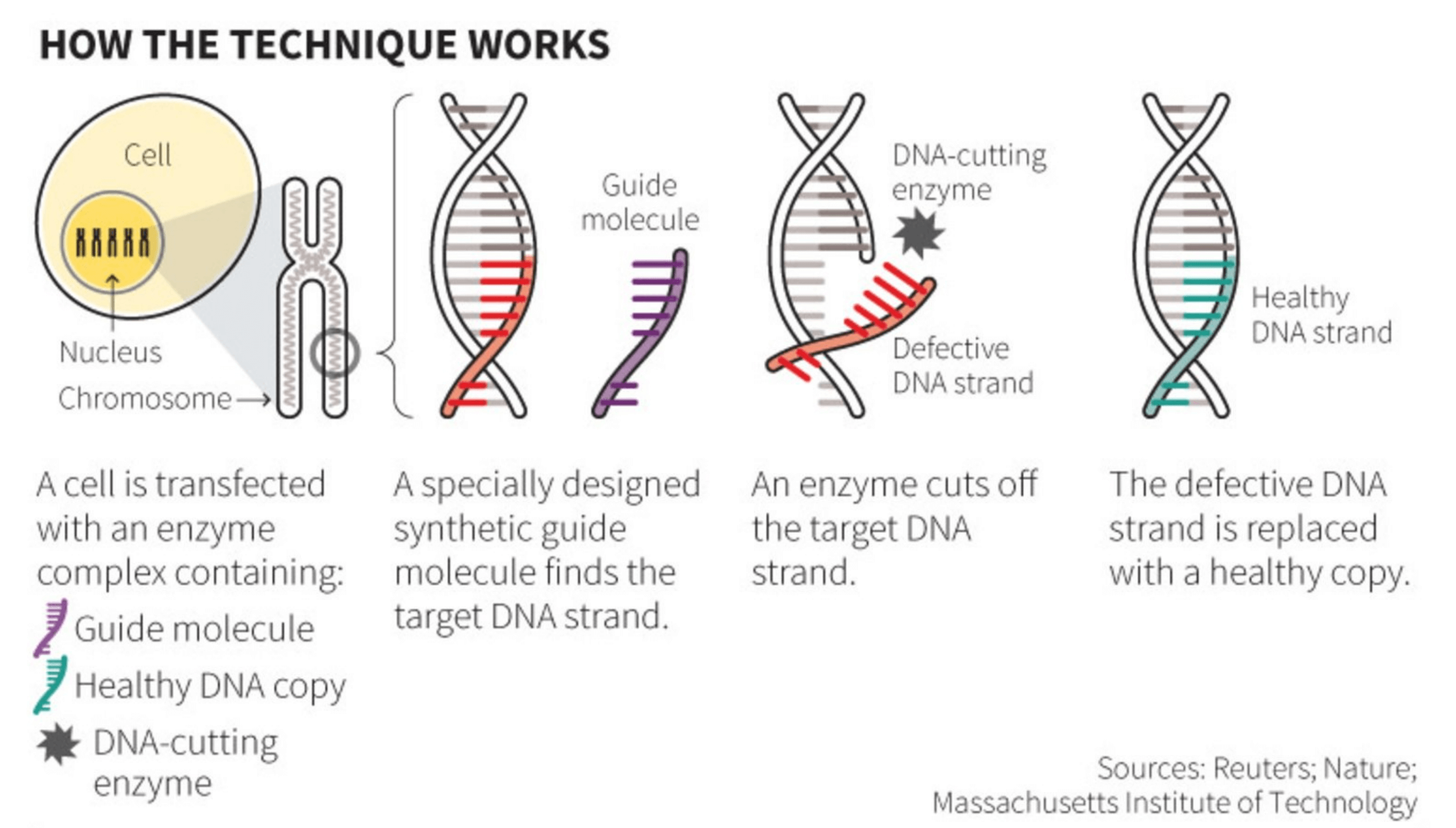
This month,
ScienceDaily shared an article about DNA mapping. With high-tech optical tools, researchers of Rice University have now found a way to pinpoint the location of specific sequences along single strands of DNA. This technique has been proven to someday help diagnose genetic diseases. Chemist Christy Landes, a lead researcher, identified DNA sequences as short as 50 nucleotides at room temperature using a technique called super-localization microscopy. This would be impossible to see with a standard microscope because it cannot comprehend such small targets. Also, it cannot be done with electron microscopes because it requires the targets to be frozen. Super-localization microscopy has been known about for a while but is just now being used in biosensing. For a while now, scientists have been able to see double-stranded DNA molecules, but Landes says the ability to see single-stranded DNA is a new victory in science. Landes and her researchers call their technique the "motion blur point accumulation for imaging in nanoscale topography," or mbPAINT. This technique has allowed them to resolve structures as small as 30 nanometers by creating a movie-like drift of fluorescent DNA probes flowing over a known target sequence along an immobilized single strand of DNA.

To create effect, the probes were labeled with a fluorescent dye that lights up only when attached to the target DNA. Normally, they would flow unseen, but a few would bind to the target just long enough to be captured by the camera before they were pulled away by the moving liquid. The processing of these images will allow researchers to image extremely small objects, smaller than the natural diffraction limit of light-based imaging. To the naked eye, in real time you would only see a line due to the rapid speed of the probes. This technology allows researchers to see biological processes of nano-sized objects. It shows as they happen in water, with salts, at room temperature and even in a cell. So, what is planned for the future? Landes hopes to be able to someday map even smaller fragments of DNA. Instead of seeing 50 nucleotides, she hopes to be able to look at only a few. Landes stated, "Some diseases are characterized by one amino acid mutation, which is three nucleotides, and there are many diseases associated with very small genetic mutations..." With this being said being able to get it down to just a couple nucleotides could become extremely helpful with genetic disease study.
In my opinion I feel that this new development in DNA strand study can become extremely beneficial to not only the field of science, but also human health. For many years researchers have been studying genetic diseases but can only go so far. Super-localization microscopy has now offered many people hope to finding specific mutation in genetic diseases that have not yet been identified. If Landes and her researchers were able to identify DNA sequences as short as 3 nucleotides, it would be an amazing scientific find, especially considering a great amount of genetic diseases have small, localized mutations. In addition, the mbPAINT method is very cost-effective.
Article:
http://www.sciencedaily.com/releases/2013/10/131009111151.htm
Link: This is a video of what it looks like to see the single-strand localization
http://www.youtube.com/watch?v=dc6i3ZkZhd0&list=PL46869D7222684E1A







